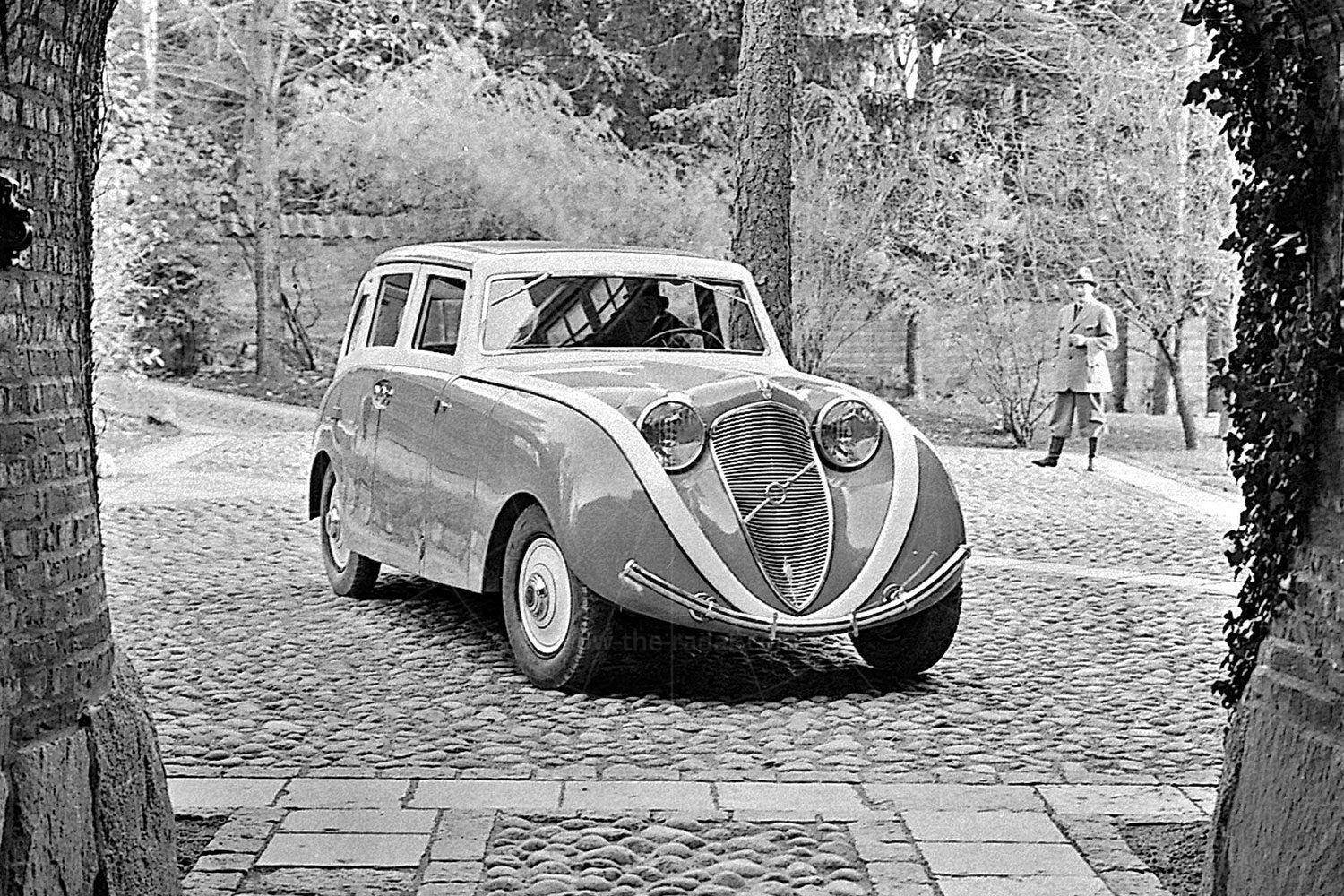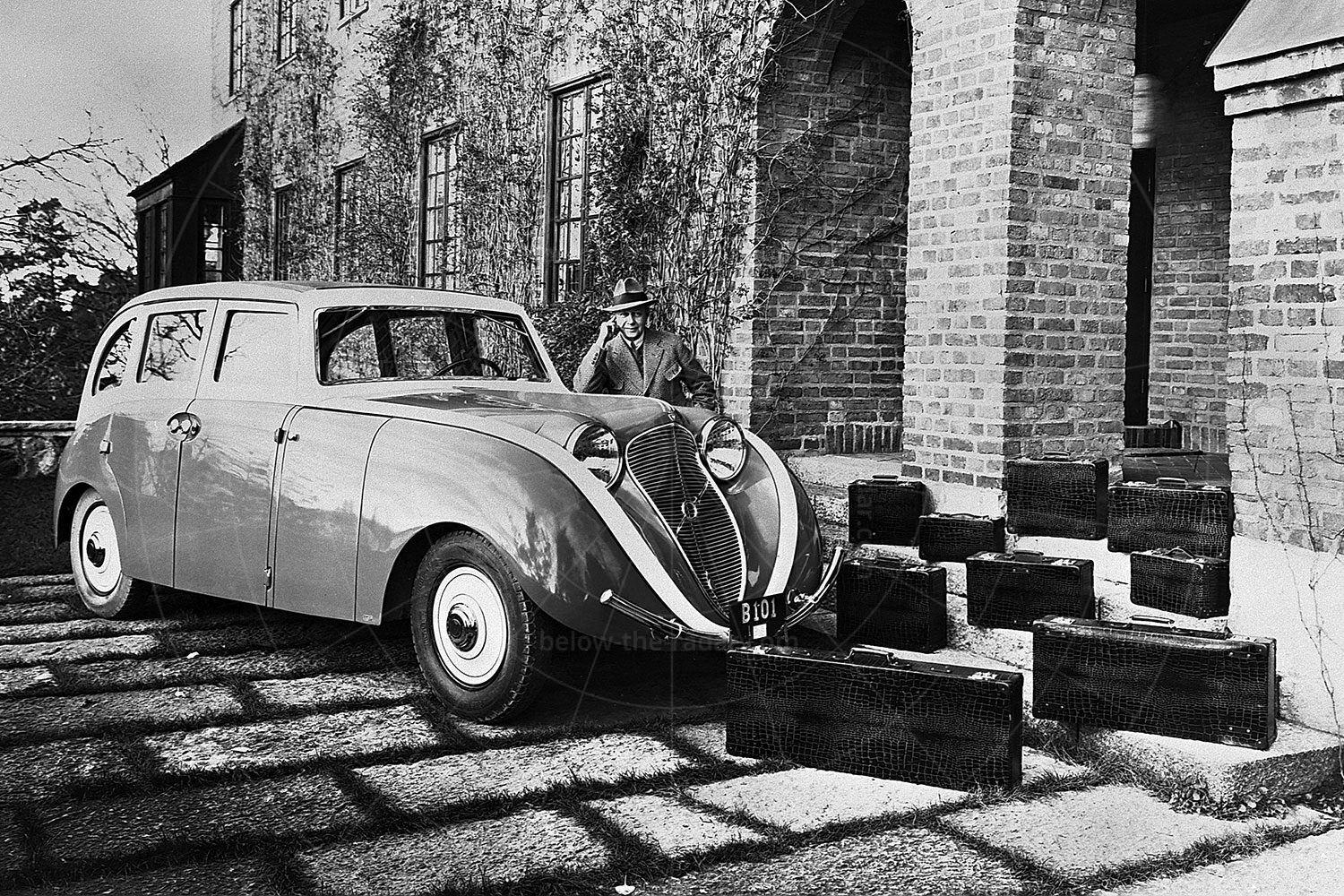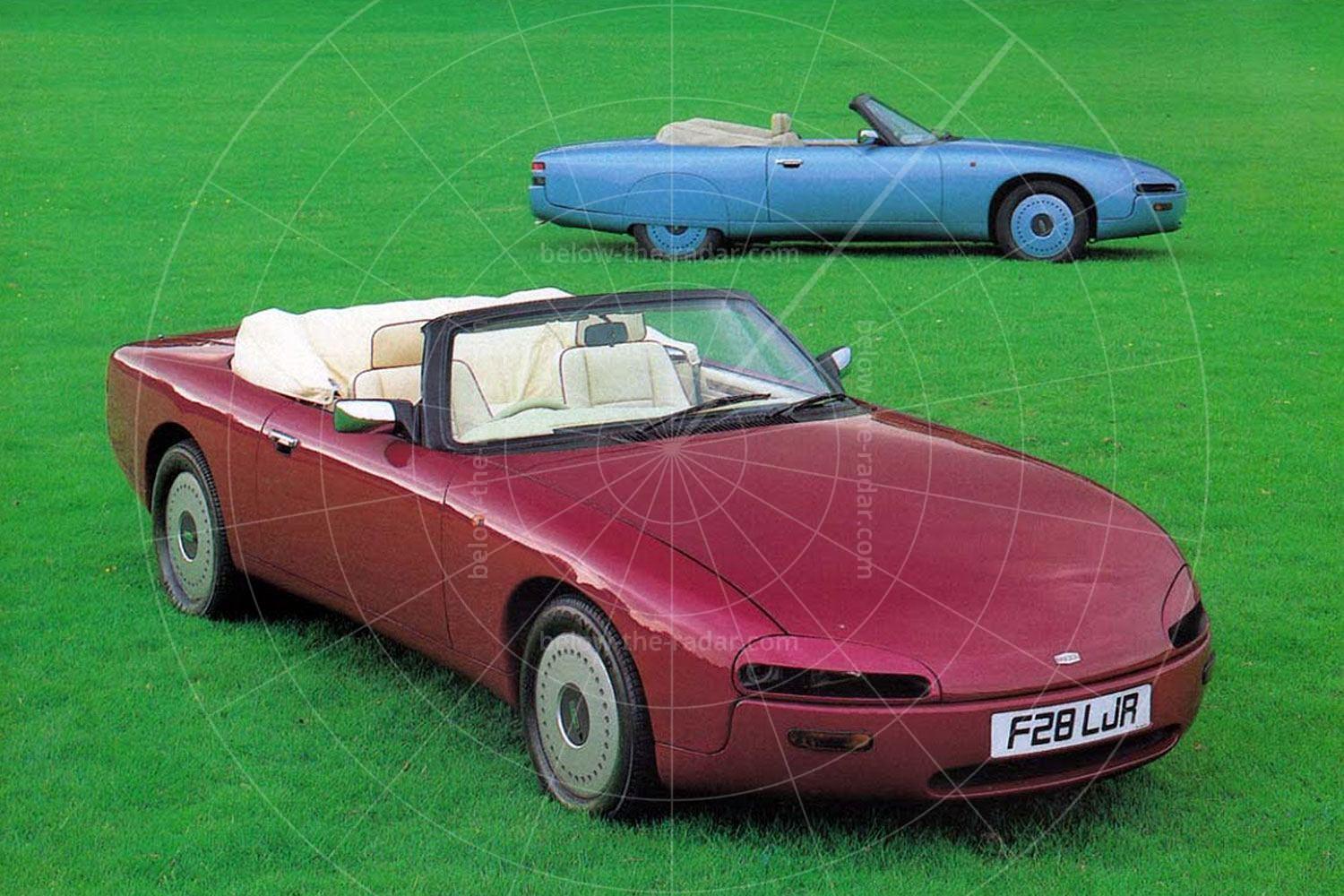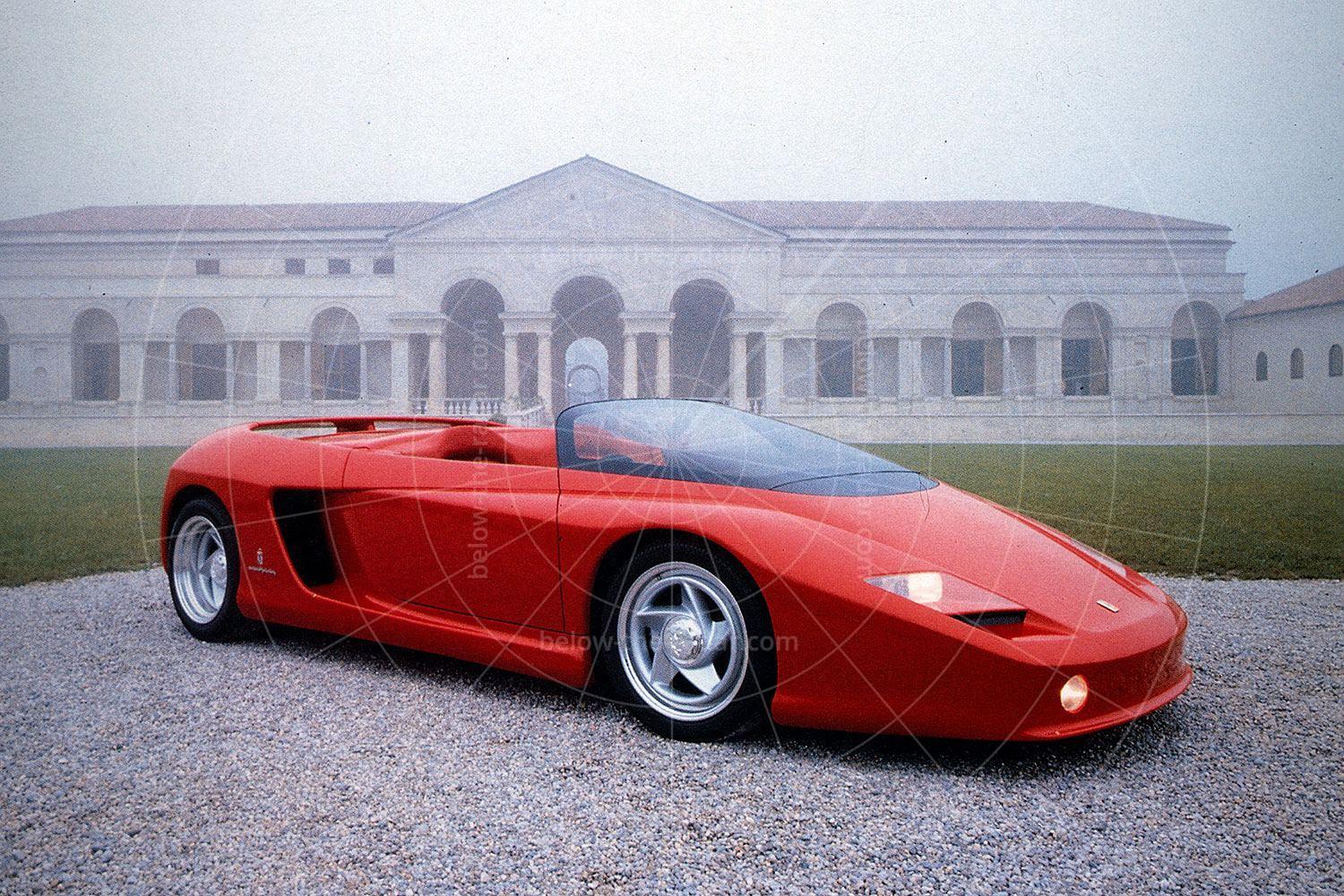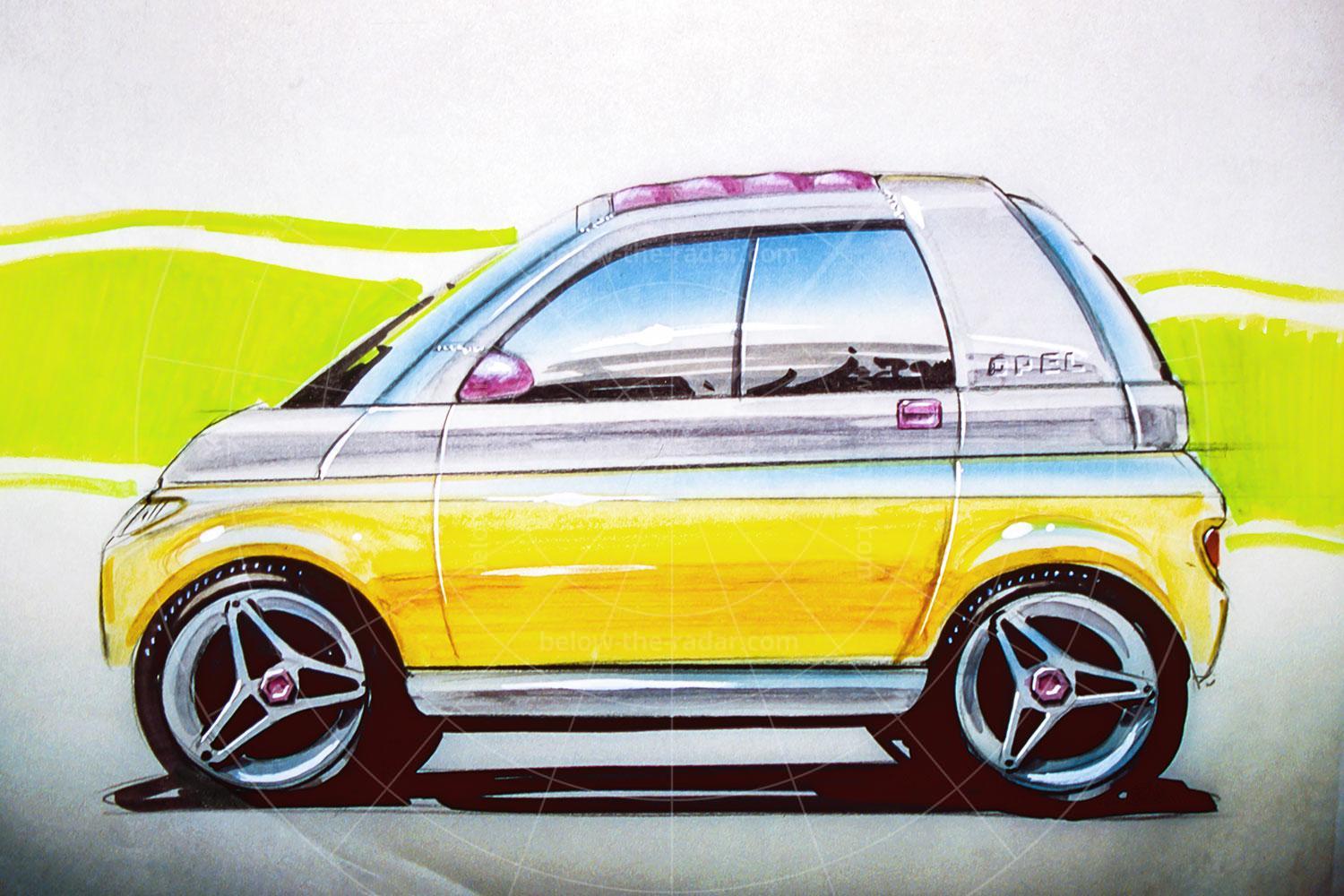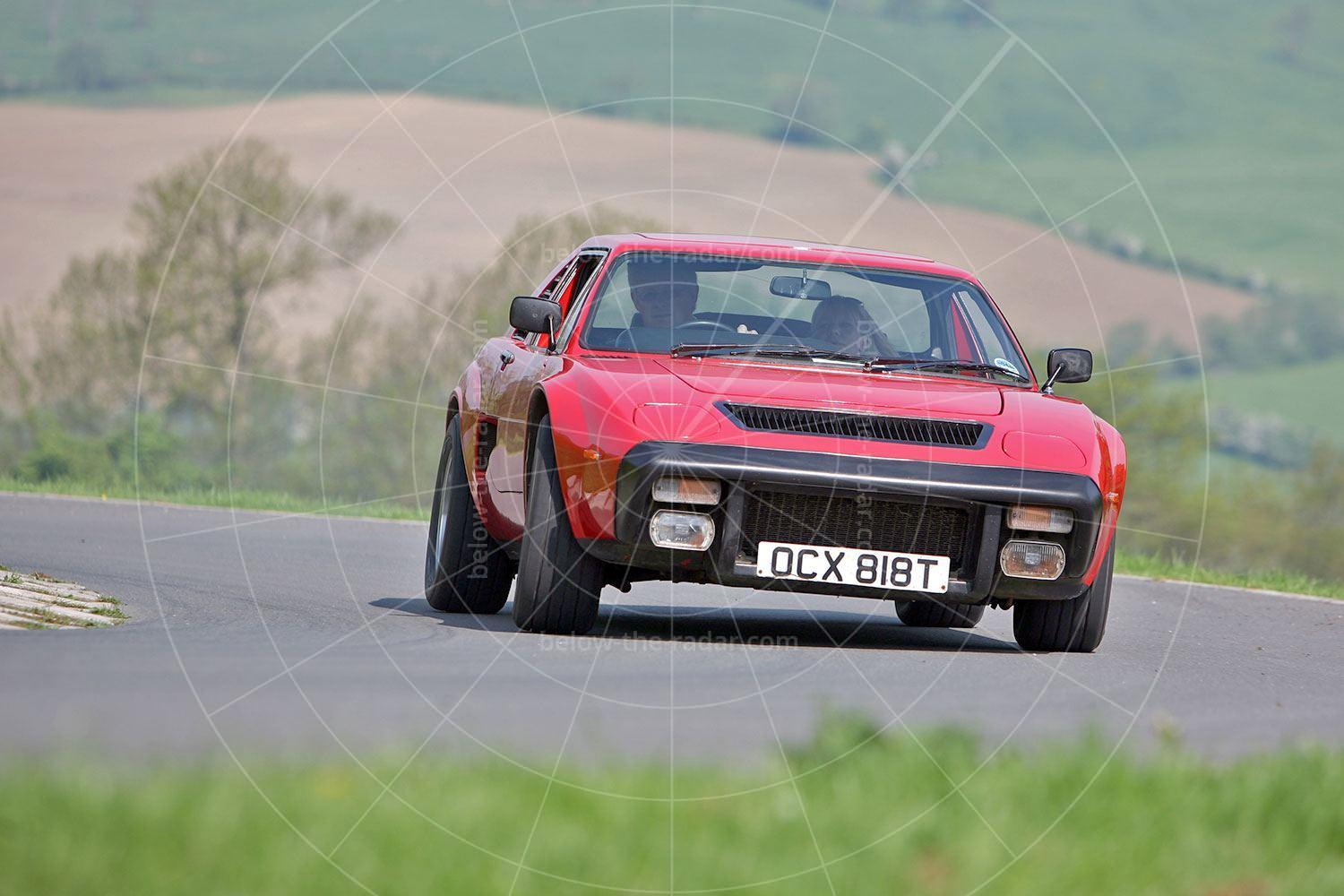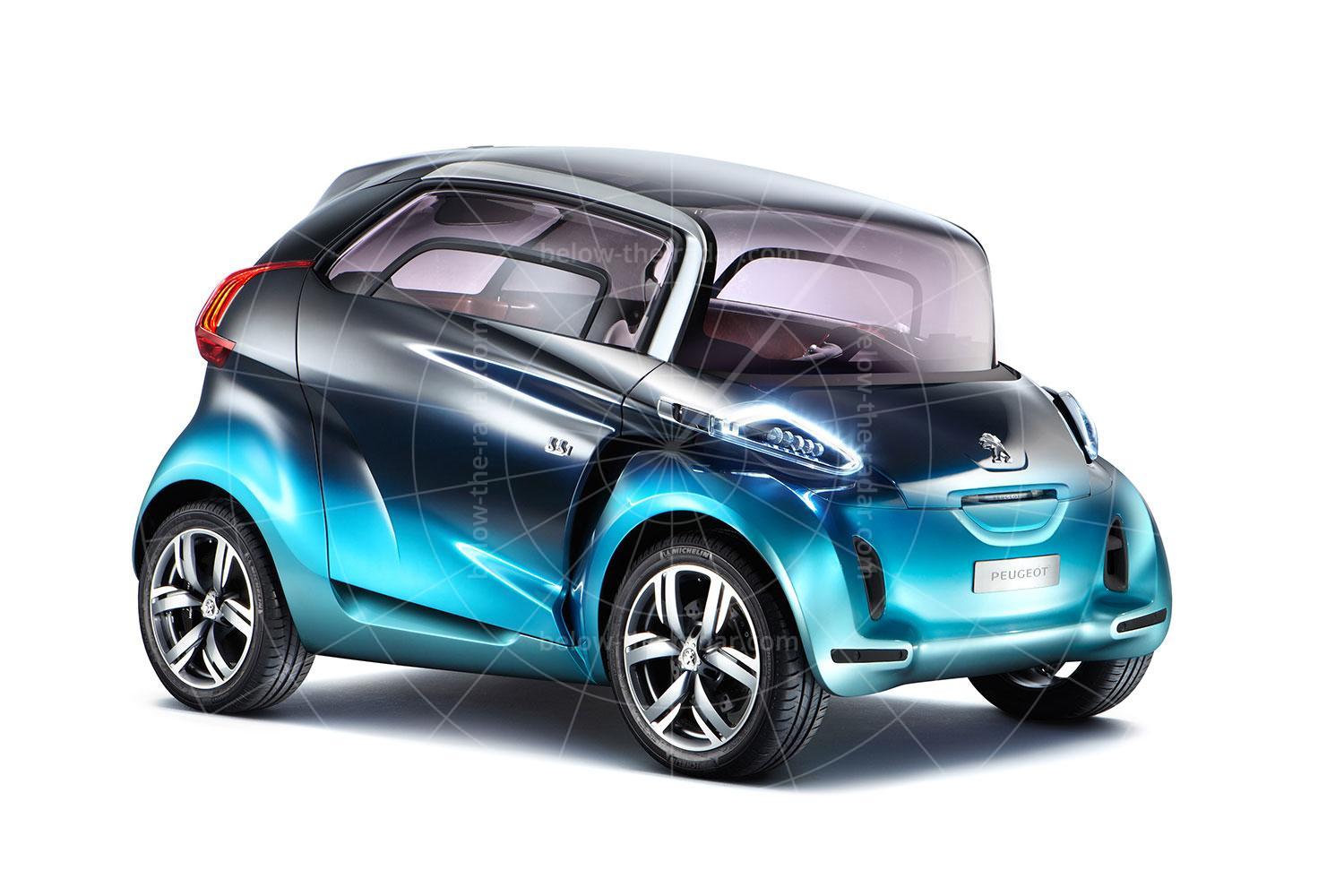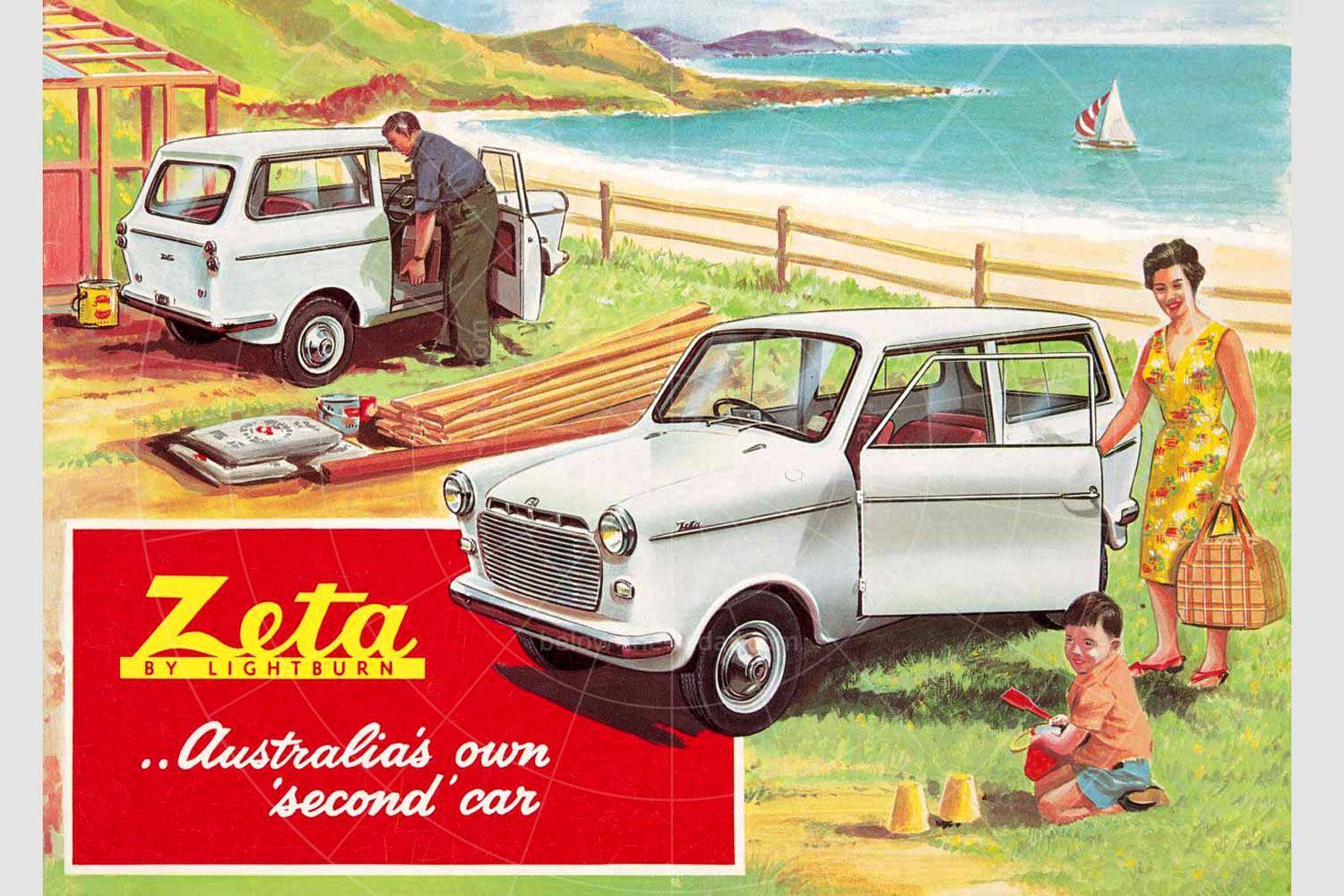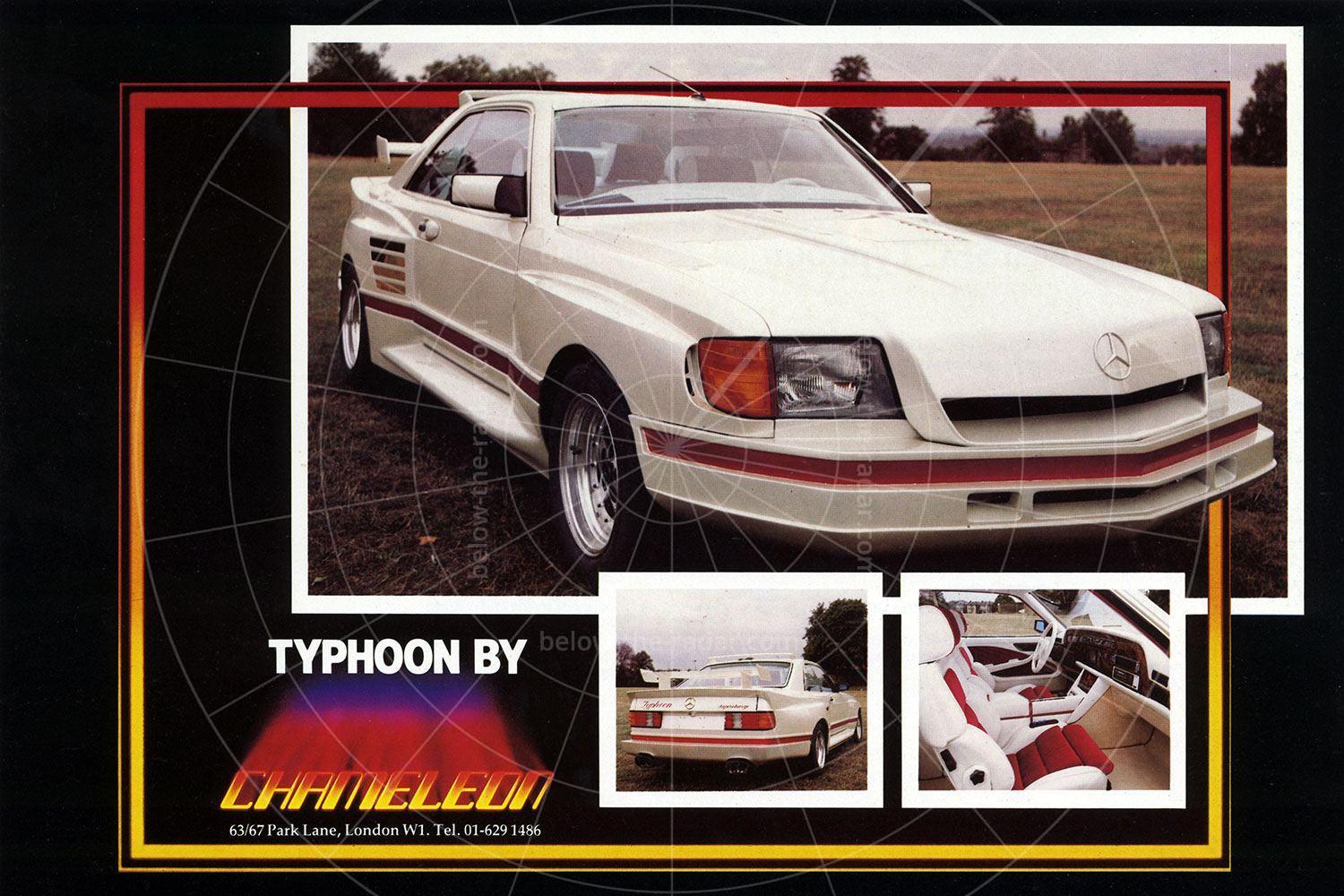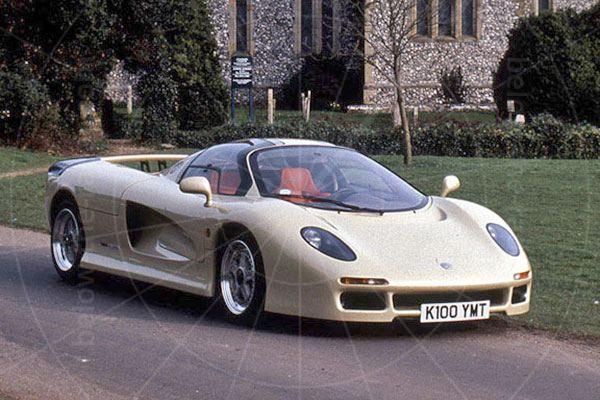It's interesting to note that the first concept car ever is generally regarded as Buick's 1938 Y-Job. Futuristic in both design and engineering, the Y-Job survives and even now is seen at events around the world. But half a decade before Buick's concept was first seen, a test-bed from Volvo was shown. And although the company didn't officially appear as the creator, Volvo was instrumental in its creation.
The first Volvo concept wasn't built by the company itself, but by an independent coachbuilder using a PV653 chassis. It is known as the Venus Bilo, although this tag seems to have been pinned on the car later. Unveiled during November 1933, its designer was Gustaf Ericsson and the car was built by Stockholm-based Nordbergs Vagnafabrik.
Although at the time Volvo claimed to have no involvement in the project, it was later disclosed that the car had been built to test reactions to its advanced styling. As well as showing inspiration from contemporary aircraft design, interior space utilisation was also experimented with. Finished in bright blue with beige stripes, the Venus Bilo also examined the idea of removable panels which could easily be replaced in the event of an accident.
Once on display the Venus Bilo drew a very mixed reaction. Most saw it as ugly and not conservative enough, although many agreed that the aerodynamic styling would become commonplace on cars of the future. In fact one of Volvo's own cars benefitted from the Venus Bilo's design, as the PV36 'Carioca' used similar themes when it went into production in 1935. Although the Venus Bilo was never officially scrapped, nobody knows what has become of it since it was sold off in the late 1930s.

